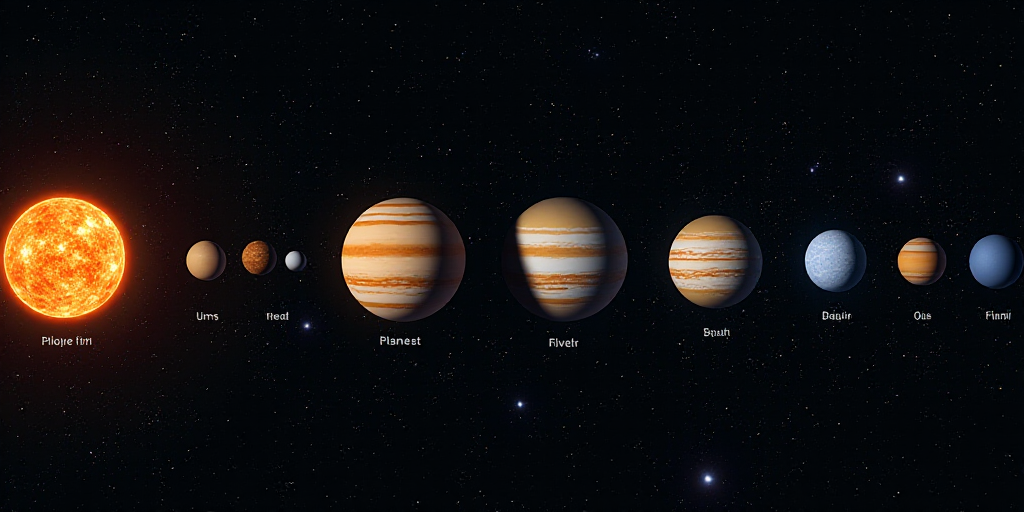Introduction to the Discovery
The NASA James Webb Space Telescope has identified a new moon orbiting Uranus, expanding the known family of satellites surrounding the planet. The detection was made during an observation on February 2, 2025.
The Discovery Team
Led by the Southwest Research Institute (SwRI), the team, including principal scientist Maryame El Moutamid from SwRI’s Division of Science and Exploration of the Solar System, announced this previously unknown moon.
“This object was detected in a series of 10 long-exposure images, each lasting 40 minutes, captured by the Near Infrared Camera (NIRCam). It’s a small moon, but a significant discovery; something even the Voyager 2 spacecraft missed during its flyby nearly 40 years ago,” explained El Moutamid.
Characteristics of the New Moon
According to NASA, this moon is estimated to have a diameter of 10 kilometers and possesses reflectivity similar to other small moons orbiting Uranus. Its tiny size likely made it undetectable by Voyager 2 and other telescopes, the agency notes.
Matthew Tiscareno, a member of the research team from the SETI Institute, added: “No other planet has as many small inner moons as Uranus, and their complex interactions with the rings hint at a chaotic history that blurs the line between a ring system and a moon system.” He further emphasized, “The new moon is smaller and fainter than the smallest known inner moons so far, suggesting even more complexity awaits discovery.”
Uranus’s Moon System
This newly discovered moon is the fourteenth member of Uranus’s intricate system of small moons orbiting inside the larger moons: Miranda, Ariel, Umbriel, Titania, and Oberon. All these moons of Uranus bear names of Shakespearean and Alexander Pope characters, as noted by NASA. The new moon’s name must be approved by the International Astronomical Union (IAU), responsible for officially naming astronomical objects.
Orbit and Future Implications
El Moutamid described the moon’s location: “It orbits approximately 56,000 kilometers from Uranus’s center, within the planet’s equatorial plane between the orbits of Ofelia (just outside Uranus’s main ring system) and Bianca.” She concluded, “Its nearly circular orbit suggests it may have formed near its current position.”
Looking ahead, researchers assert that this discovery highlights the ongoing advancements in modern astronomy, building on the legacy of missions like Voyager 2, which flew by Uranus in 1986 and provided humanity with “the closest look yet at this enigmatic world.” Nearly four decades later, the James Webb Telescope is “pushing that frontier even further.”
Key Questions and Answers
- What is the new discovery? The James Webb Space Telescope has identified a new moon orbiting Uranus.
- Who made the discovery? The Southwest Research Institute (SwRI) led by principal scientist Maryame El Moutamid.
- What are the moon’s characteristics? Estimated diameter of 10 kilometers, similar reflectivity to other small Uranian moons.
- Why was this moon previously undetected? Its small size made it invisible to telescopes like Voyager 2.
- How does this discovery impact our understanding of Uranus? It adds to the complexity and intrigue surrounding Uranus’s moon system, hinting at a chaotic history.
- What’s next for this moon? Its name must be approved by the International Astronomical Union (IAU).






